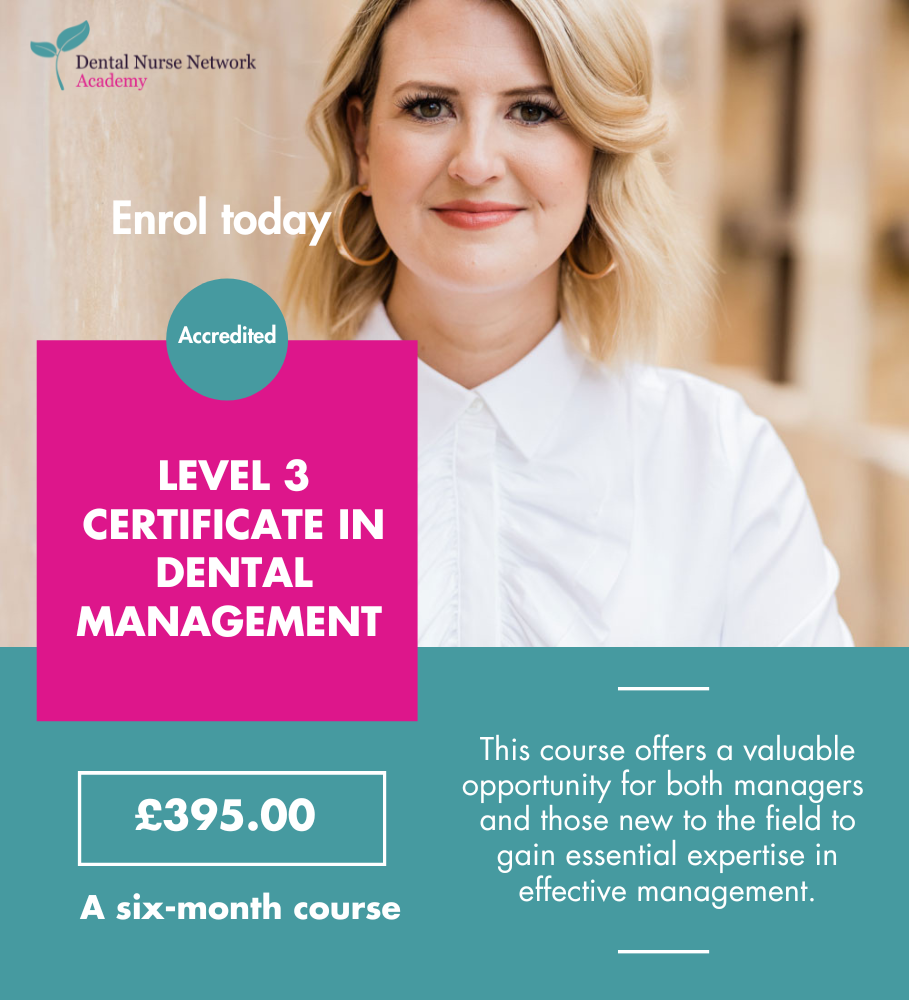 At our practice we have been placing implants for approximately 5 years, but our Implantologist has been carrying out implant procedures for over 12 years now. Originally, the clinic I work for focused on general dentistry and dentures, but one of the most difficult dentures for a patient to cope with is the lower complete denture.
At our practice we have been placing implants for approximately 5 years, but our Implantologist has been carrying out implant procedures for over 12 years now. Originally, the clinic I work for focused on general dentistry and dentures, but one of the most difficult dentures for a patient to cope with is the lower complete denture.
When a patient has been without natural teeth over a long period of time, the bone recedes; therefore it can be very difficult to make a lower complete denture due to the fact that there is hardly any ridge for the denture to sit on. For these reasons, we started offering Mini Dental Implants to help stabilize the lower complete denture.
Mini Dental implants are different from conventional implants. Obviously they are a lot smaller. They are also all one unit as there are no components that attach to the implant to determine the restoration that is to go on top, and Mini Dental Implants are used only to stabilise a denture. The denture can click on and off the MDIs but cannot be fixed to them. Patients were thrilled with the results, and we would now recommend that MDIs are used to help make complete dentures more comfortable and stable.
Dentistry is always progressing, so it wasn’t long before we started to offer conventional implants as well. Unlike the Mini Implants, they are able to be used for many different plans. The implants have some form of an internal screw thread or post space, so a variety of components can be used.
Our Implantologist will plan the implant treatment once he has carried out a thorough examination and studied the mandatory CT Scans. He will then be able to tell us exactly what size implants he would like to order for each patient. Once the implant has been placed, in some cases we will not immediately load the implant with a restoration; we will place what is called a cover-screw. This covers the internal screw thread or space, and then the soft tissues are sutured back over the area.
When the required healing period has been completed (6 months for the upper and 3 months for the lower) then the implant can be exposed and the cover screw removed. After the exposure, a healing abutment will be fitted to each implant. This is almost like an extension of the implant. A healing period of approximately 2 weeks to allow for the gums to heal around this extension is required. Once the gums have healed, the healing abutment is removed and the final abutment is temporarily screwed into place. Impressions will be taken with the abutment in place so that the final restoration can be constructed, whether that’s a single crown or a bridge.
Once all the relevant impressions have been taken, the final abutment will be removed and the healing abutment replaced. When the final restoration has been completed, the healing abutment will once again be removed and final abutment(s) replaced. The restoration will be fitted and screwed into placed. The screw will be covered using PTFE tape and a temporary filling material.
Conventional implants can also be used to stabilise complete or partial dentures. The planning and the placement of the implants are similar for an implant that will have a fixed restoration. Once the bone has integrated around the implant, then the implant is exposed and a healing abutment is placed. Following a 2 week healing period for the, the healing abutment is removed and a final abutment called a Locator is fitted. A housing for each locator will be placed into the final denture and the denture will clip on to the implants.
Some patients are concerned about cleaning and maintaining good OH if they have the fixed option, or their finances may not stretch to the fixed options, so implant retained dentures are a perfectly good option for them to consider. They will be able to remove the denture to clean it but have the security of knowing that their denture is stabilised by the implants. If the patient ever wanted to ‘upgrade’ to the fixed option, then placing a couple more implants and changing the abutments mean that this is always a possibility.
There are a few dental implant components available to make sure patients can achieve the smile they want. The abutments do not only connect the restoration to the implant, but also provide some protection by transferring forces to the implants. This helps to minimize the risk of overloading the implants.
Part of your job as a dental nurse is to make sure that you learn and maintain your knowledge of the components that you and your dentist work with on a daily basis. Most importantly, however, you should take every opportunity to explore emergent technologies and keep abreast of all the developments that may affect the way in which you sculpt that perfect smile for your patient. We are living in the information age and all technologies are advancing at a rate that most forecasters could never have dreamt of. The dental industry, like all clinical and cosmetic disciplines, is no exception to this.


